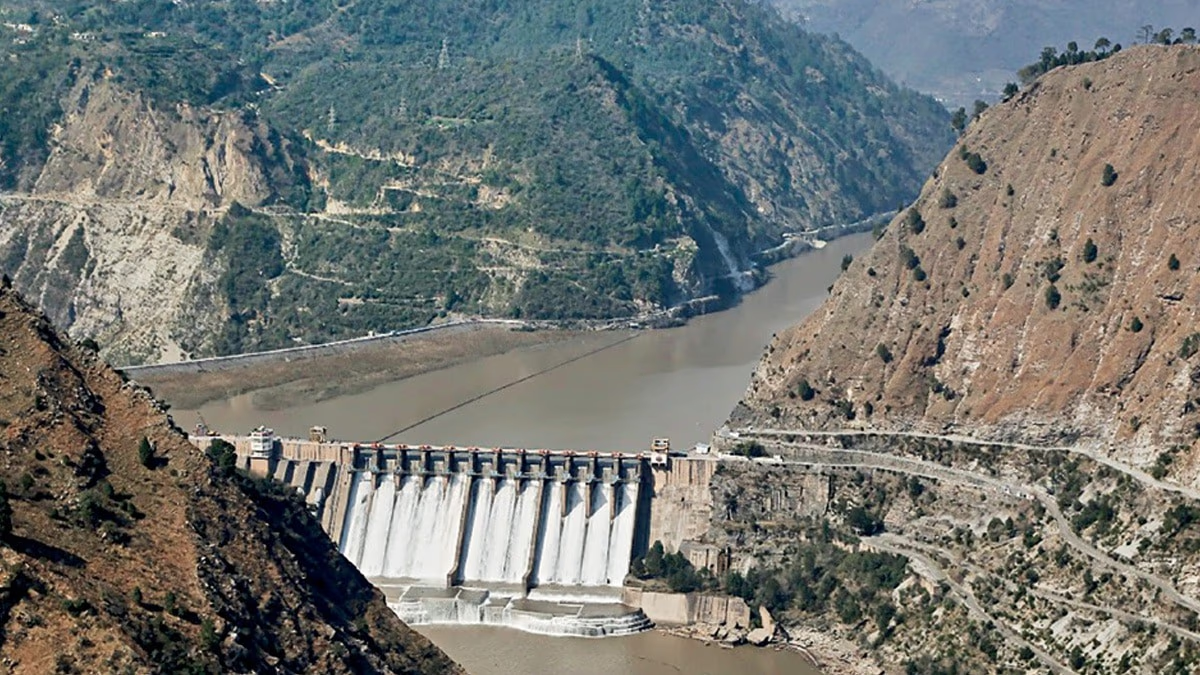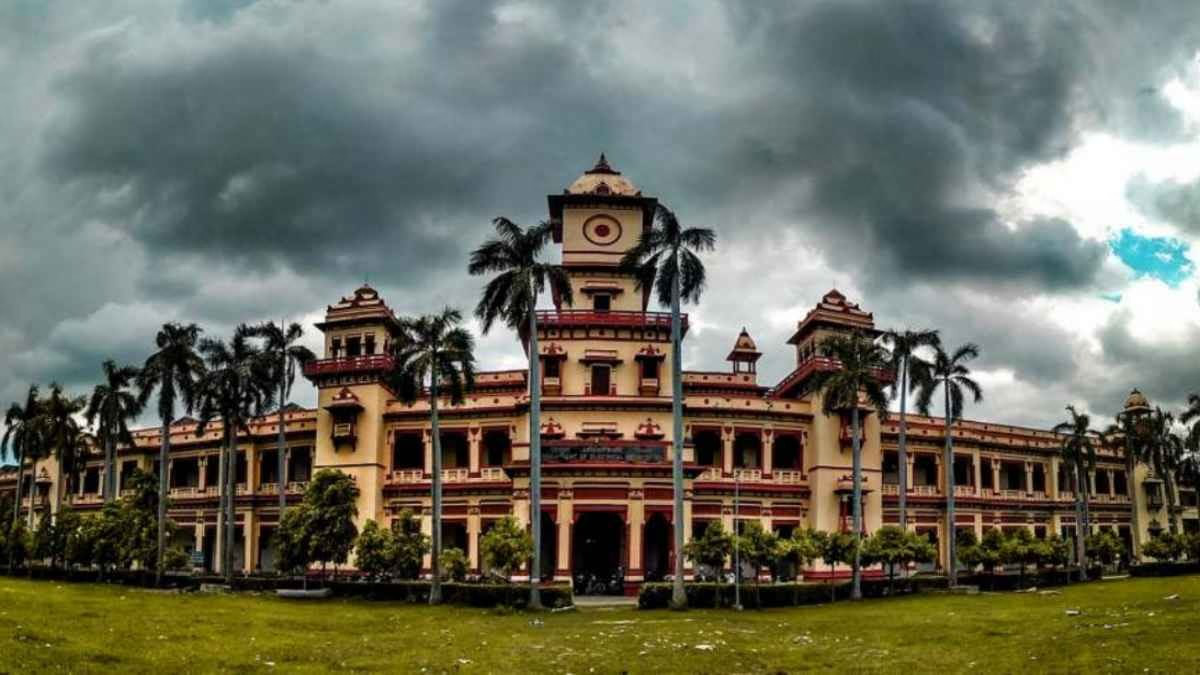Following the Pahalgam terrorist attack, the Indian government imposed strict measures against Pakistan, including the suspension of the Indus Waters Treaty. A few days later, Water Resources Minister CR Patil announced plans to ensure not a single drop of water flows into Pakistan. However, the question remains, how prepared is India, and how many dams are truly required?
The analysis by AajTak's Open Source Intelligence (OSINT) team reveals that India needs to build at least 22 dams, comparable to Bhakra Nangal, to store water currently flowing to Pakistan. Bhakra Nangal is the largest dam on rivers governed by the Indus Water Treaty (IWT).

Source: aajtak
The Indus Waters Treaty gives India exclusive rights to the eastern rivers (Sutlej, Beas, and Ravi) and Pakistan to the Indus, Chenab, and Jhelum (collectively the western rivers).
According to governmental records, an average of 136 MAF (million acre-feet) of water flows annually from the western rivers. To simplify, 1 MAF can submerge 1 million acres or an area equivalent to three Delhi-NCRs in 1-foot deep water. If the entire flow from these western rivers is halted, it could immerse the entire Jammu & Kashmir, covering 42,241 square kilometers, under 13 feet of water.
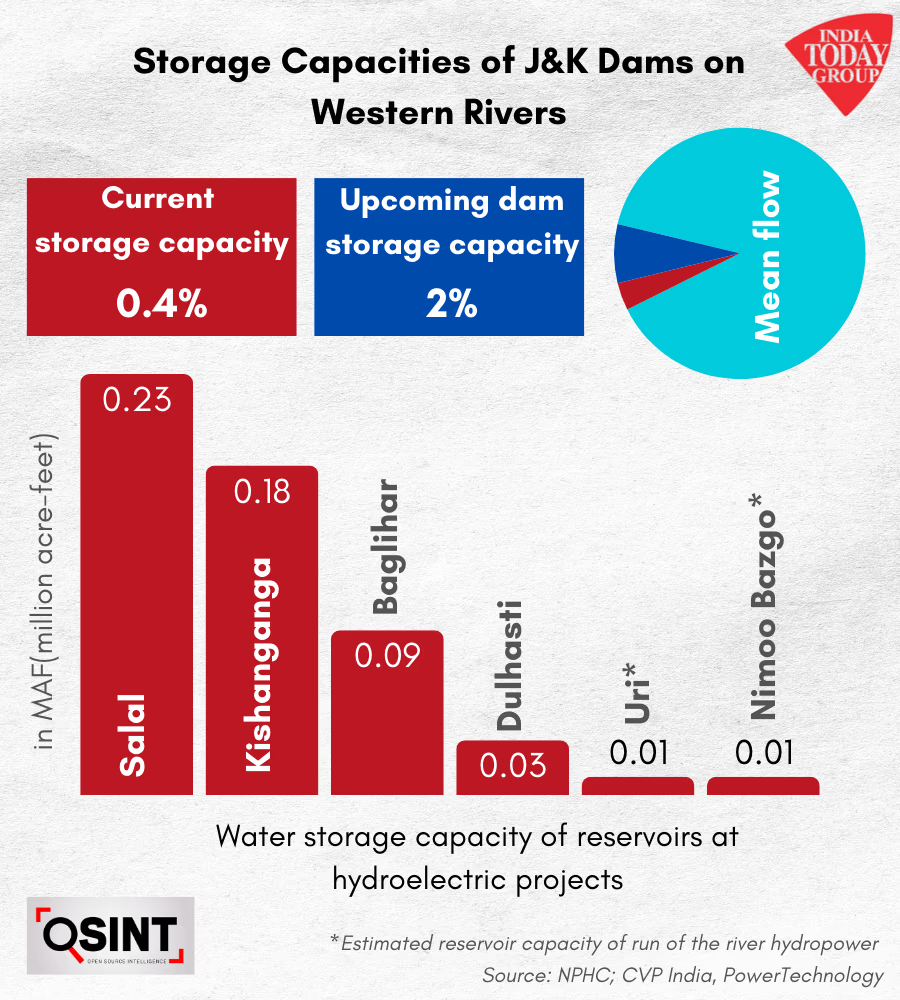
Source: aajtak
Building dams to store this water is the most practical solution, allowing its use for agriculture and electricity generation in dry seasons. However, the treaty restricts India from constructing dams on the rivers allocated to Pakistan. Therefore, not a single dam currently exists on these rivers. Even in 'run-of-the-river' projects, India is not allowed to store more than 3.6 MAF of water in reservoirs.
Pakal Dul is the first storage facility India is constructing on a tributary of the Chenab River in Kishtwar district. It can hold 125.4 million cubic meters or 0.1 MAF of water.
Currently, the reservoirs in Jammu and Kashmir cannot retain even a percentage of the annual flow of the Indus, Chenab, and Jhelum rivers.
There are six operational hydroelectric projects on the western rivers in Jammu and Kashmir. While none is classified as a dam, each project does store some water in its reservoir for continuous operation.
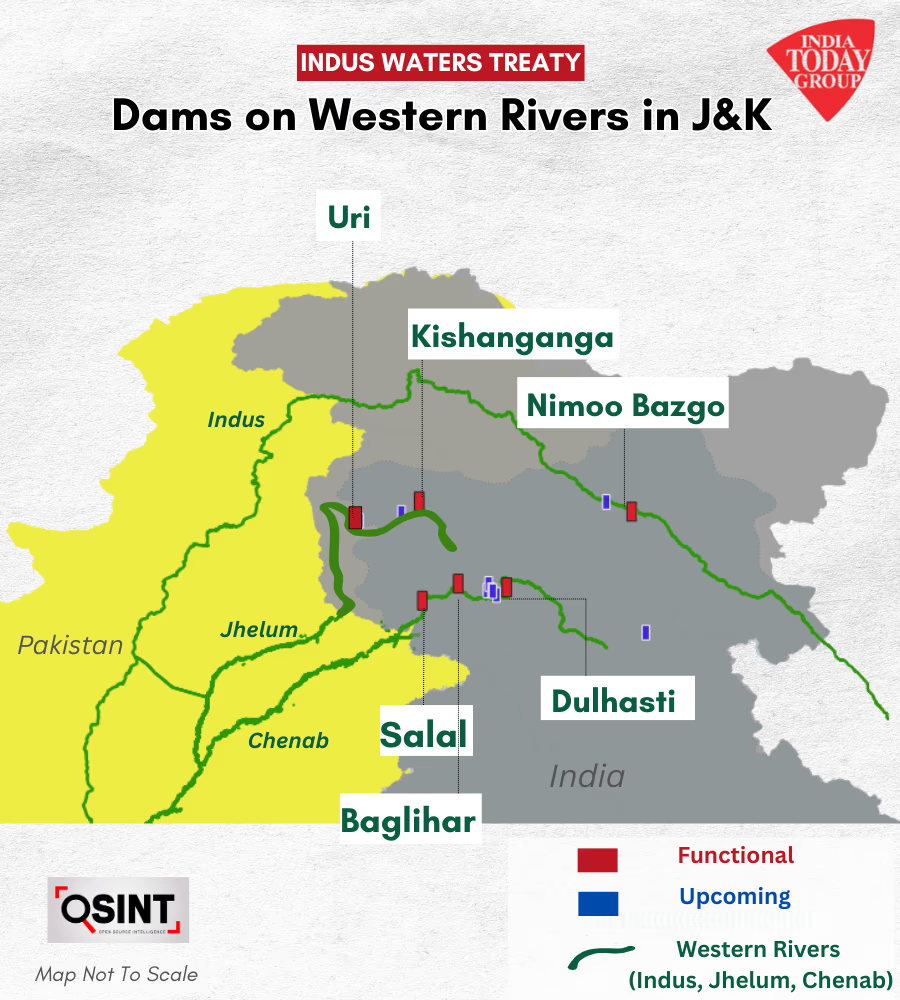
Source: aajtak
Combined, the Salal, Kishanganga, Baglihar, Uri, Dul Hasti, and Nimoo Bazgo dam reservoirs can only retain 0.4 percent of the water that flows through these rivers annually. Once all hydroelectric projects under construction in Jammu and Kashmir are completed, this capacity is expected to rise to 2 percent.
The Ratle, Pakal Dul, Kwar, and Kiru hydroelectric projects are under construction. Their construction began between November 2021 and May 2022, with expected completion between February and November of next year.
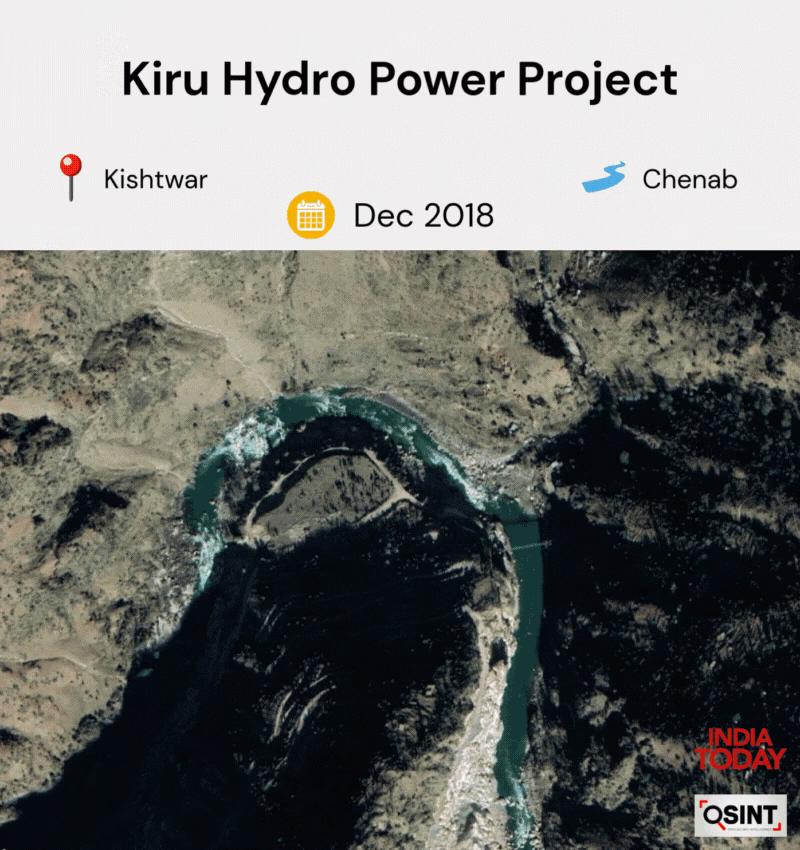
Source: aajtak
Plans for at least three more dams—Sawalkot, Bursar, and Kirathai-II—are in the pipeline. Once finalized, these dams have undeniable potential to significantly impact the timing of the water flow in Pakistan, especially during the dry periods - the Rabi season, as indicated by an assessment from the International Union for Conservation of Nature (IUCN).
Data indicates that the seven major dams on the eastern rivers can store up to 50 percent of the water flowing annually through the Ravi, Beas, and Sutlej rivers. If India halts flood warnings or decides to open Bhakra dam's sluice gates during peak monsoon, agriculture could face disruption.
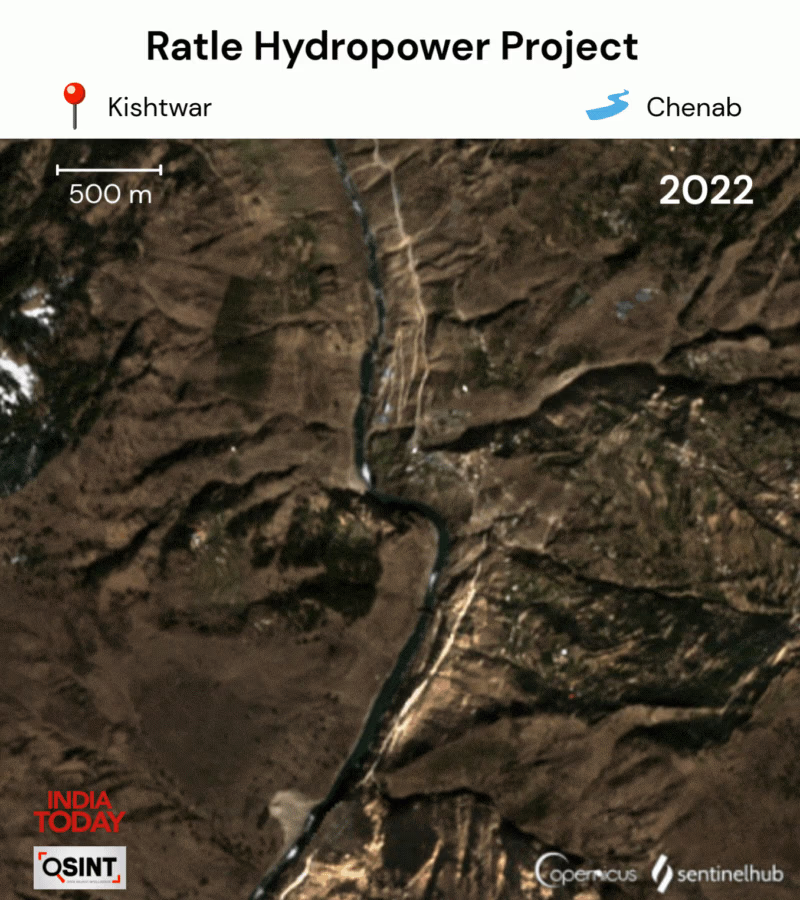
Source: aajtak
Is Halting the Water Flow to Pakistan in Our Best Interest?
Experts warn that constructing dams on western rivers involves heavy economic and environmental costs, with potential disaster risks in ecologically sensitive Jammu and Kashmir.
Himanshu Thakkar, coordinator of the South Asia Network on Dams, Rivers and People (SANDRP), insists that any large storage project on western rivers must be thoroughly assessed for feasibility and benefits to our populace, landscape, and future.
He told AajTak, "First, there's no suitable location identified for storage projects on western rivers. If such a site is pinpointed, Chenab, due to its geographical positioning, should be considered first. This area already houses the most existing, under-construction, and planned projects in this very fragile, disaster-prone region. Experts have warned about the significant threats posed by landslides, floods, seismic activity, and glacial lake outburst floods here."
He added, "In the case of Jhelum and the Indus, even if we manage to store some water in our dams, what will we do with it? Dam water is primarily used for irrigation, and the UT's agriculture is already supported by multiple streams, rivers, and similar options."
